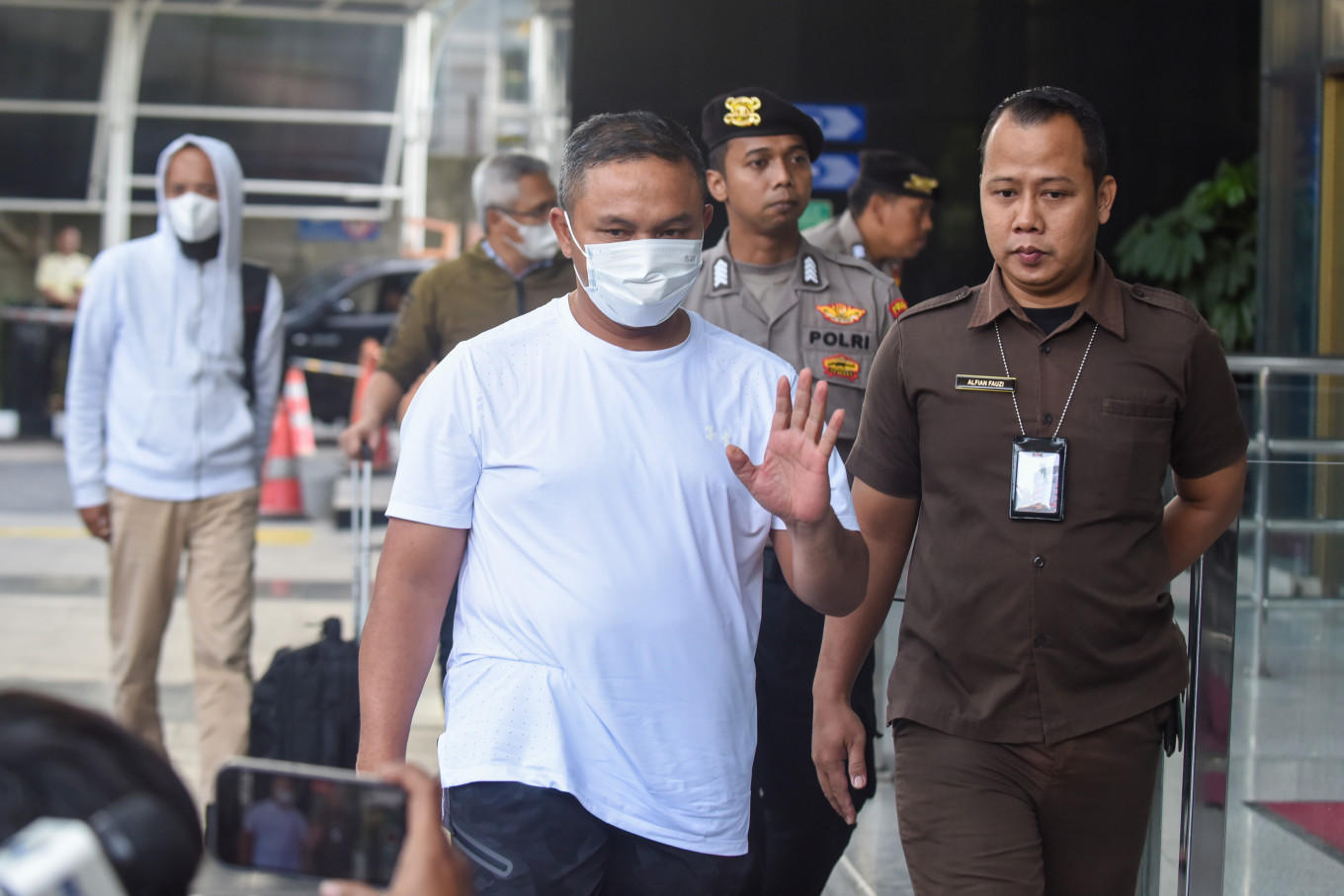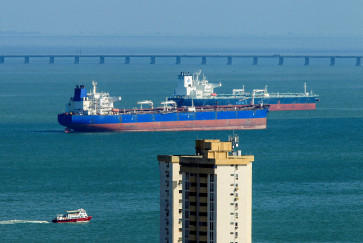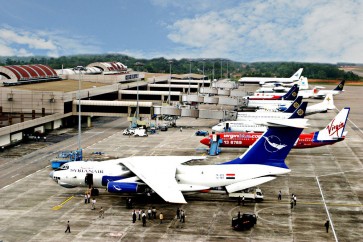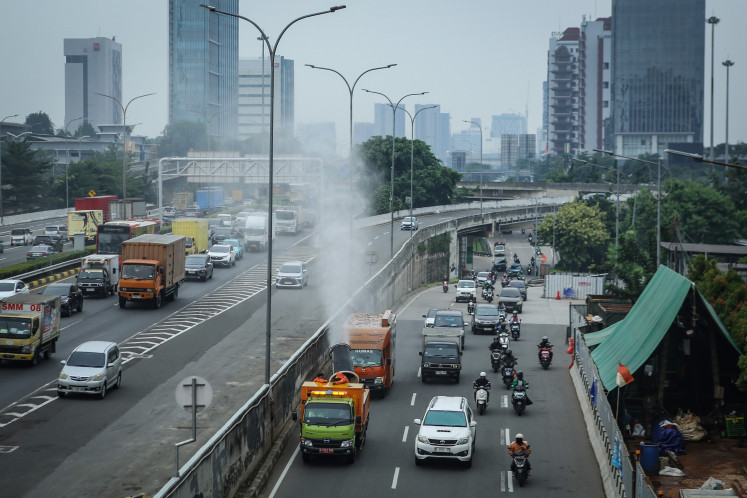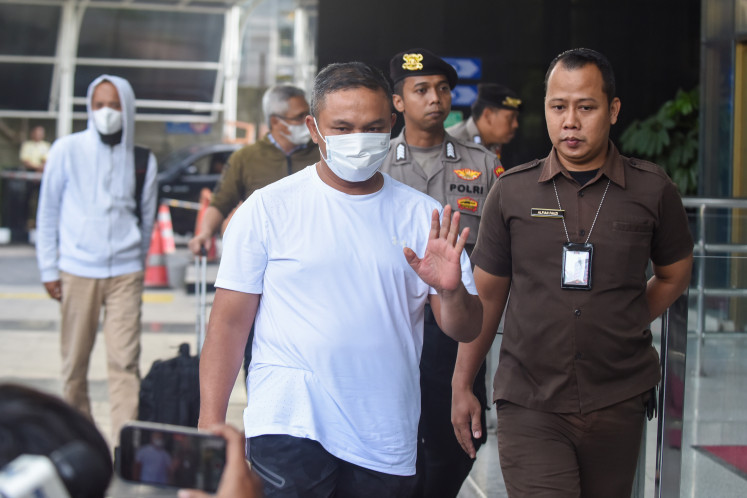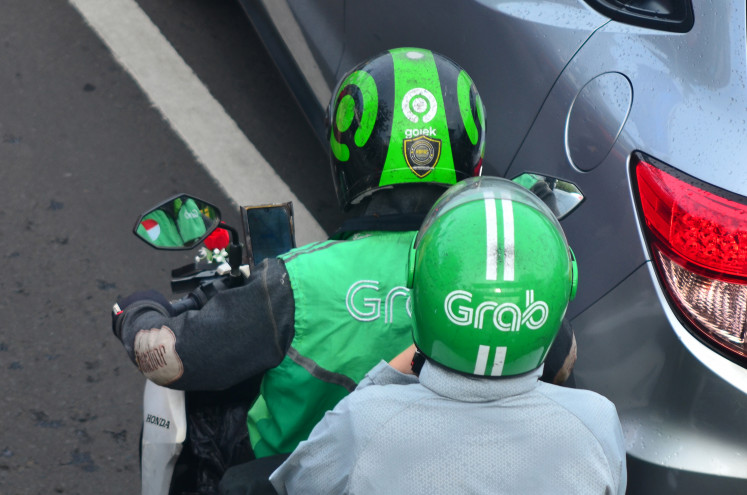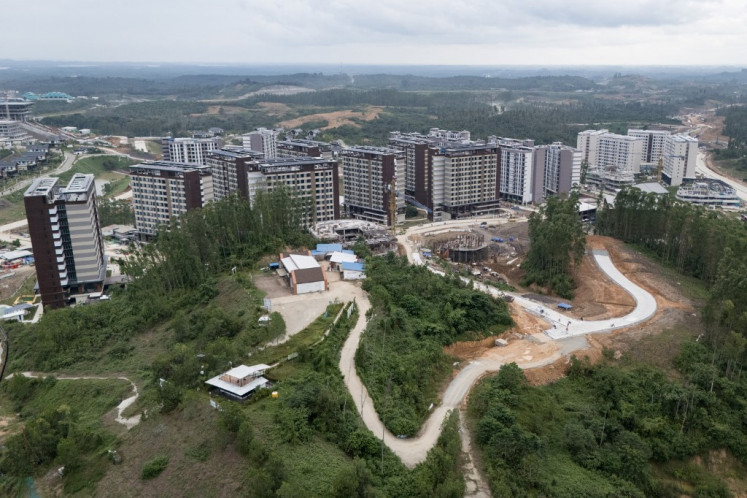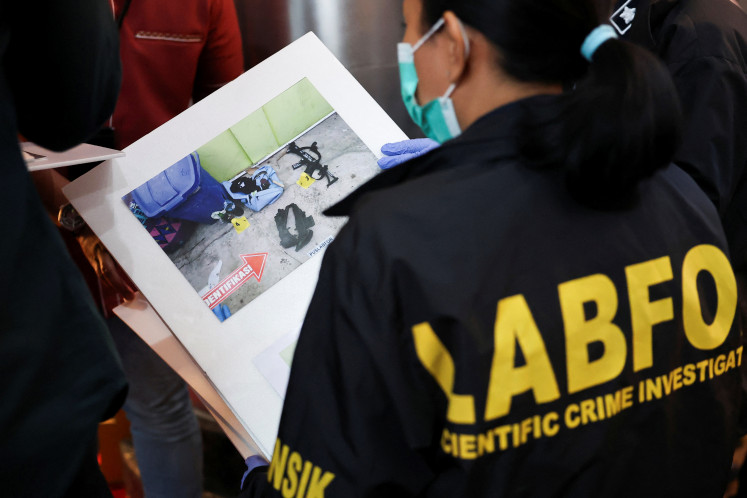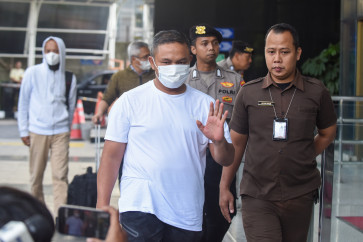Popular Reads
Top Results
Can't find what you're looking for?
View all search resultsPopular Reads
Top Results
Can't find what you're looking for?
View all search resultsRiau's paradox: The 'cursed' resource riches amid neglect and graft
Bribery, embezzlement and collusion are widespread in Riau, contributing to state revenue losses, regional budget deficits, delayed development and environmental degradation.
Change text size
Gift Premium Articles
to Anyone
O
nce celebrated as one of Indonesia’s richest provinces, Riau now stands as a paradox, a land of crude oil and oil palm where prosperity rarely reaches the people. Trapped between the corruption of local elites and the central government’s long-standing neglect, Riau’s story is one of extraction without empowerment, fidelity without recompense.
At the time of its formation in 1958, Riau, though less developed than the nearby Dutch colonial plantation clusters of East Coast Sumatra residency, was virtually without modern infrastructure. However, in the late 1960s, this region started to thrive, becoming the richest province in terms of Gross Regional Domestic Product (GRDP) among others in Indonesia.
In the early 1970s, Riau produced six-sevenths of Indonesia's crude oil. Its GRDP per capita was by far the highest of all provinces when oil revenue was included; even excluding oil, it was second only to the capital city of Jakarta. Unfortunately, the revenue from oil production went directly to the central government, and the oil sector constituted an enclave with marginal impact on the lives and prosperity of the people of the province, even during the oil bonanza.
In the post-independence era, due to the legacy of colonial regional development and ecological factors, Riau had little of the large-scale estate agriculture characteristic of North Sumatra, despite both provinces having been part of the East Coast of Sumatra residency. Commercial crops were grown largely on smallholdings, with rubber and coconuts (copra) accounting for 90 percent of the commercial crop agricultural land.
Hence, Riau had other valuable assets: its vast forest reserves consisting of lowland evergreen and peatland forest. This meant the region offered huge prospects to whoever was able to clear and occupy the land, whether they were natives, migrants or large capital holders eager to exploit these natural resources.
In the late 1970s, in the upstream area of the Siak River, the world’s largest pulp mill at the time was established, the first of two major pulp mills built in the region. By that time, vast areas of forest on mineral-rich soils and in the hilly interior had already been converted into monoculture plantations (oil palm and rubber, neither of which is ecologically native to the region). This was done by a significant number of smallholders and several large concession holders, leaving only the marshy peatlands intact.
Since the 1980s, concessions were gradually given for pulpwood plantation in areas designated as industrial forest, which were mostly located in the remaining peatland areas. To meet the massive demand for pulpwood, legal and illegal logging depleted the remaining forests from the 1980s to the early 2010s.

